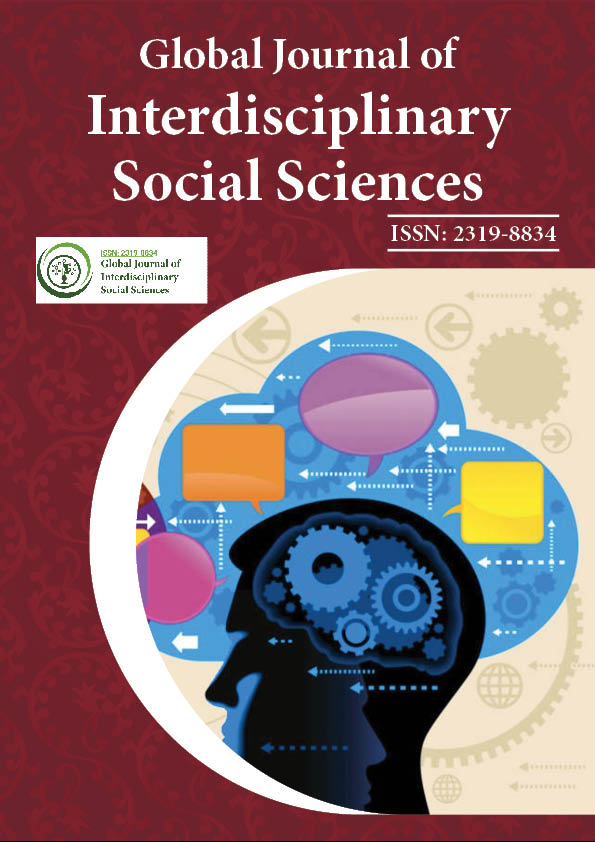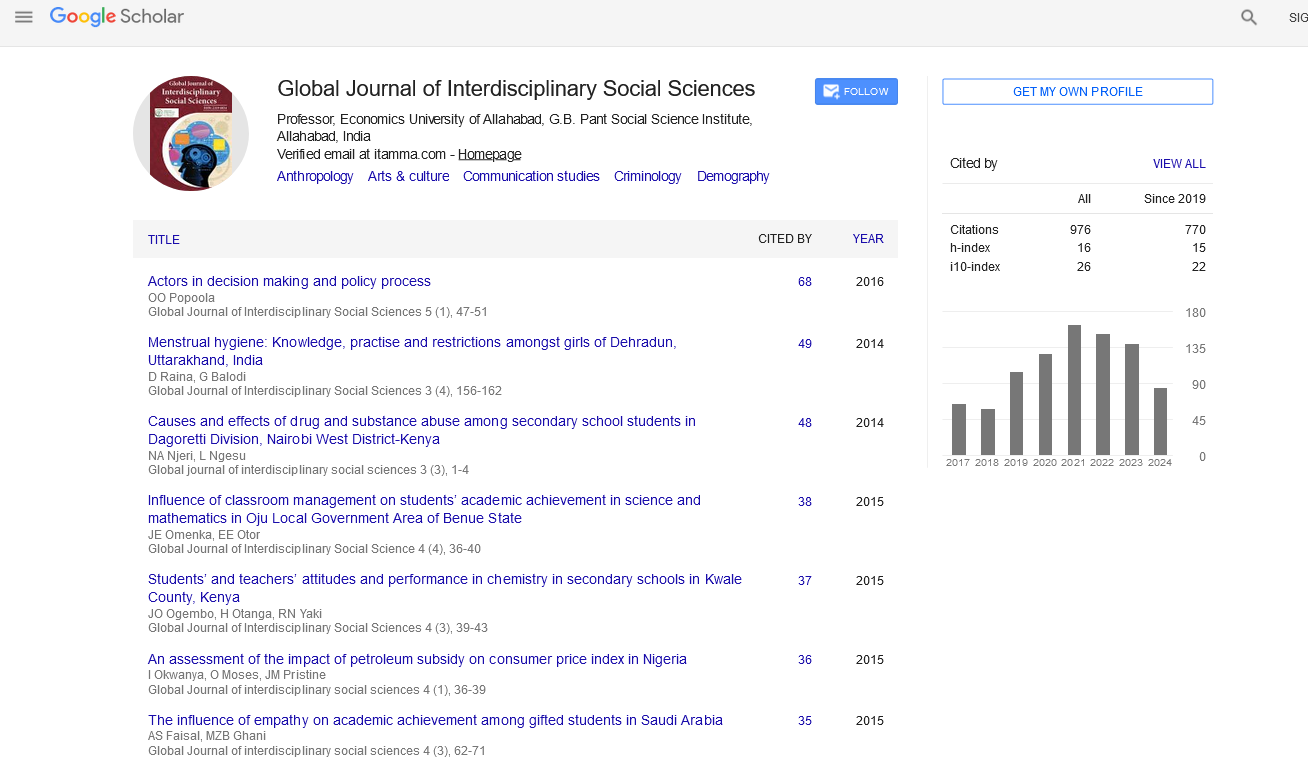Indexed In
- JournalTOCs
- Google Scholar
Useful Links
Share This Page
Journal Flyer

Open Access Journals
- Agri and Aquaculture
- Biochemistry
- Bioinformatics & Systems Biology
- Business & Management
- Chemistry
- Clinical Sciences
- Engineering
- Food & Nutrition
- General Science
- Genetics & Molecular Biology
- Immunology & Microbiology
- Medical Sciences
- Neuroscience & Psychology
- Nursing & Health Care
- Pharmaceutical Sciences
Perspective - (2022) Volume 11, Issue 3
Facts Related to Law of Sedition in Indian Constitution
Adam Philip*Received: 02-May-2022, Manuscript No. GJISS-22-17103; Editor assigned: 04-May-2022, Pre QC No. GJISS-22-17103(PQ); Reviewed: 20-May-2022, QC No. GJISS-22-17103; Revised: 27-May-2022, Manuscript No. GJISS-22-17103(R); Published: 03-Jun-2022, DOI: 10.35248/2319-8834.22.11.020
Description
Sedition is an offence which is against the state as enumerated in Section 124A of the Indian Penal Code. The expression “disaffection” includes disloyalty and all feelings of enmity. To Constitute an offence under Section 124-A of the Indian Penal Code it is not essential to incite or attempt to incite unrest, insurrection or any other type of actual disturbance; instead, it is sufficient to try to incite feelings of hatred or contempt for the administration. Incitement to violence is at the heart of the crime of sedition. ‘The essence of the offence is public disorder, or the reasonable expectation or likelihood of public disruption’.
The Supreme Court upheld the validity constitutional validity of the Section 124-A of the Indian Penal Code. It was held that only acts which constitute incitement to violence or disorder would be punishable under this section and acts not having such tendency are not punishable. Therefore Section 124-A of the Indian Penal Code does not violate Article 19(1)(a) of the constitution of India. Both successful and unsuccessful attempts to excite disaffection were placed on the same footing. So even if person had only tried to excite the feelings he could be convicted. It made little difference if such an endeavor actually created any disruption or outbreak.
Disaffection is defined as encouraging individuals to rebel against the government, to refuse to obey the government's lawful power or to subvert or resist the authority. If a person incited the people to attain ‘Swaraj’ it was held that ‘Swaraj’ did not necessarily mean exclusion of the existing Government but its ordinary acceptance was home rule under the Government.
Therefore, it did not amount to Sedition. The expression Government established by law in British India mean British rule and its representative or such the existing political system as distinguished from any particular set of administrators. Government and form of Government both are different things. To fight against the principle or doctrine is not the same thing as to fight against a government established by law. The Government established by law in British India includes the executive power in action and does not mean merely the Constitutional framework. It includes the local Government as well as the central government of India.
Conclusion
A Government in connection with the offence of sedition denotes the individual or people approved by law to regulate chief Government in the state. The articulation Government set up by law implies administering authority and its delegates as such the current political framework as recognized from a specific arrangement of administrators. The Section 124-A of the Indian Penal Code come under the offence should be directly against the Government established by law. Speech urging strike directed against mill owners and not Government does not contravene Section 124-A of the Indian Penal Code. Exhortation to the people not to pay land revenue and discouraging recruiting may be punishable under some other statue but not under Section 124-A of the Indian Penal Code. An assertion that the Government has deliberately set community against community is calculated to incite feelings of hatred and contempt and does not amount to Sedition.
Citation: Philip A (2022) Facts Related to Law of Sedition in Indian Constitution. Global J Interdiscipl Soc Sci. 11:020.
Copyright: © 2022 Philip A. This is an open-access article distributed under the terms of the Creative Commons Attribution License, which permits unrestricted use, distribution, and reproduction in any medium, provided the original author and source are credited.

